Mountain bike wheel size chart – everything you need to know
Are you eyeing up a new bike and want to know more about how the different wheel sizes stack up? Look no further
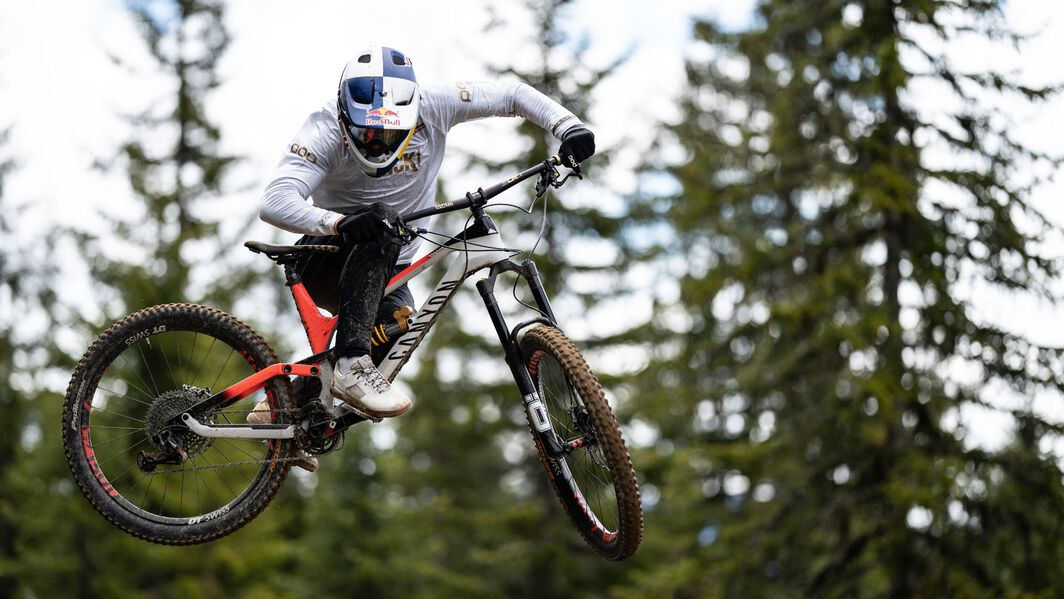
With several wheel size options out there it can be quite a challenge to figure out what it is exactly that you need for your mountain bike. We could be talking about vital inches that can make all the difference. Are the things people say about different wheel sizes true? Are bigger wheels faster? Smaller sizes more fun? With several standards established over the years, you may find yourself wondering which size might best suit your riding style.
Never mind choosing between the best mountain bike wheels and best gravel bike wheels, which size should you even be aiming for? We've taken the time to explain the differences between the most commonly available wheel sizes, and what unique features they bring to a ride, so you can make an informed decision. Read on for more.
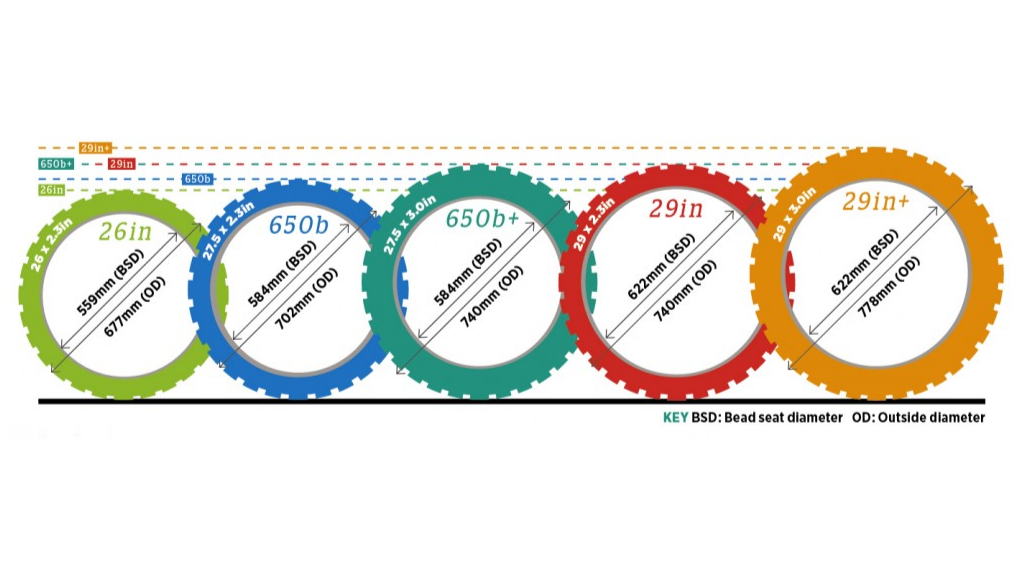
The old guard: 26 inch MTB wheels
Why trust BikePerfect
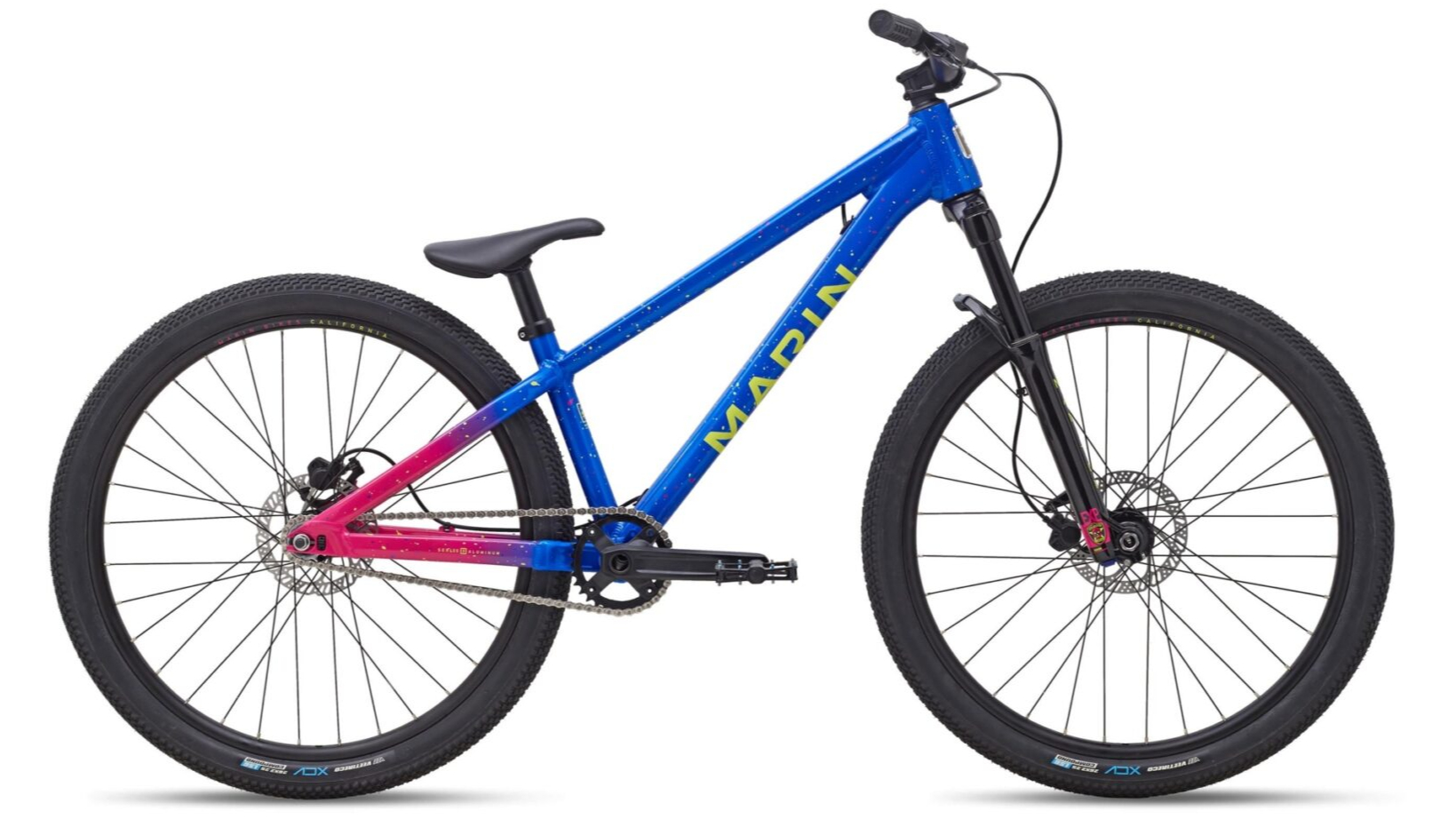
Mountain bike wheel sizes are referred to by the diameter and they are commonly measured in inches. It all started with the 26-inch wheel diameter. 26-inch wheels have been about longer than most people alive. When we are talking about modern industry standards that is some serious consistency compared to recent years.
We used to have it so easy, it was 26-inch wheels or nothing. These days, like many other things in mountain biking we have evolved and moved on. So are 26 inch bikes dead? Well, kind of. On modern mountain bikes, the 26-inch wheel size is almost exclusively reserved for dirt jump and bikes for children. With spares becoming increasingly sparse, these days options for mainstream trail bikes have all but disappeared. The 26-inch wheel size can be made strong, stiff and the smaller frame size offers riders a bike that is more flickable and therefore still perfect for the dirt jump freestyle scene.
29er wheels: is bigger always better?
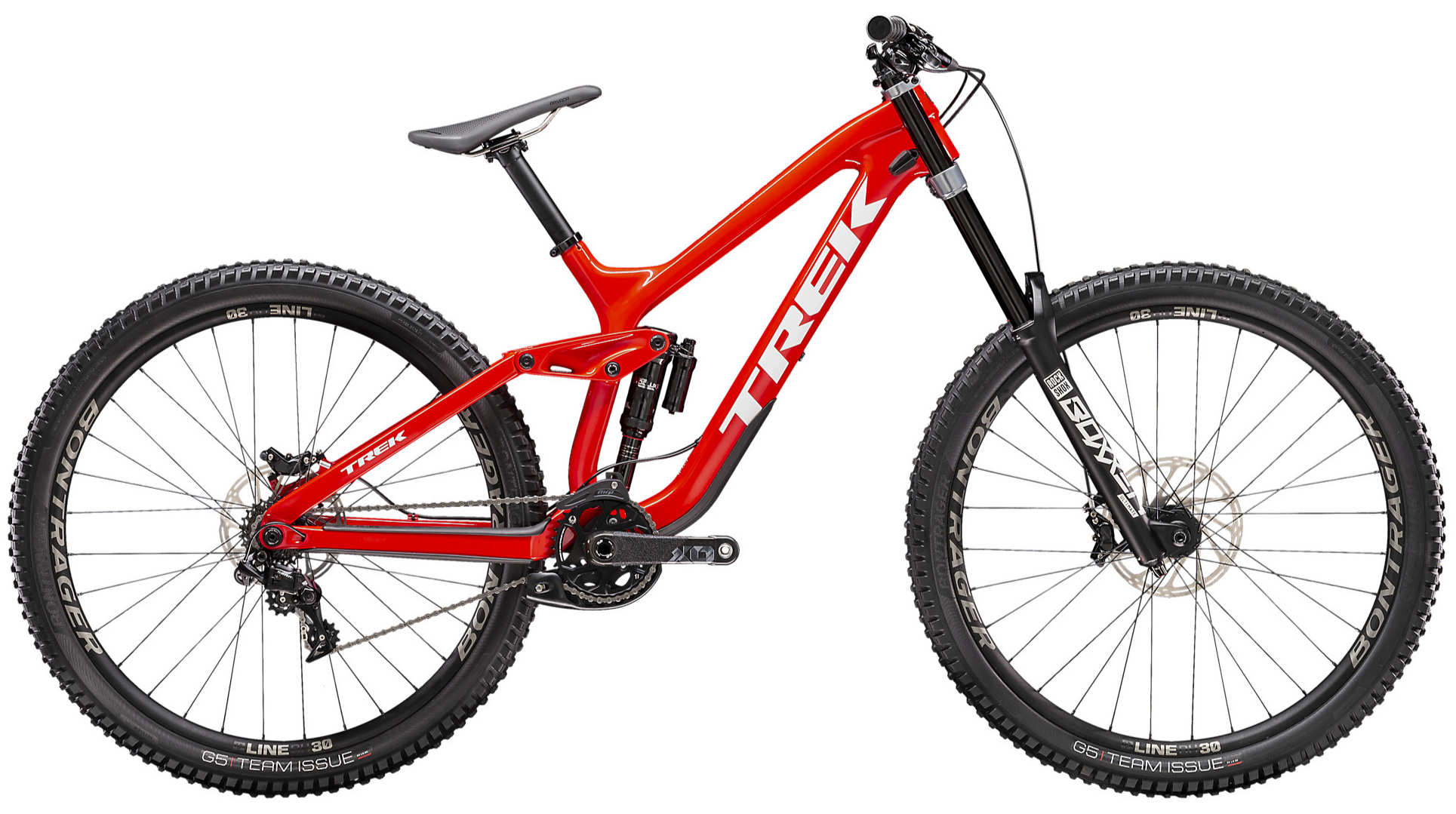
There are debates all over the internet disputing who started the revolution of mountain bike wheel size. The legend and pioneer Gary Fisher arguably wasn't the first or the only one to develop and offer an alternative to 26-inch wheels but the influential Fisher did have the ear and the backing of industry giant Trek. However, the lack of supply paired with the quirky handling characteristics of early 29-inch wheels – also known as twenty niners – meant that it never really took off in the early 2000s.
Fast forward a decade and the 29er revolt slowly started to gather momentum again. First in the XC bike market, winning races and showcasing the benefits of the larger diameter. Trail and Enduro bikes were next, honing similar perks as XC bikes. With technology and development improving the strength, stiffness and reliability of the larger wheels, the world's fastest downhill racers began to trial the 29er and the results speak for themselves. Take a wander around your local bike shop and you will no doubt notice that the 29er wheels can be found on most types of mountain bike.
The 29-inch wheels create a bike that feels very different from its smaller wheeled cousins. They take a little more time to get rolling and up to speed, but once they are there they have the ability to roll over trail obstacles like rocks and roots. The wheel hits these obstacles at a shallower angle when compared to smaller wheels. To simplify, just think about how a skateboard wheel almost stops every time it strikes a tiny stone compared to a bike wheel that barely even slows at all.
The 29er also boasts a longer contact patch with the ground, meaning more of the tire is on the ground once it conforms to the trail. The idea is a longer contact patch will aid traction while cornering and during technical climbs.
Early frame designs with 29-inch wheels felt awkward in tight turns and when you get some wind under the wheels. The bikes would take much more effort to pump the ground for speed. Modern advances in geometry and developments like Boost spacing allowed shorter chainstays and while retaining the tire clearance needed help to negate some of these early complaints.
650B (27.5-inch) wheels: the middle ground

After the rise of 29-inch wheels, there was room to trial something between the old 26-inch wheel and these larger wagon wheels. The 27.5-inch wheel size was developed. The aim was to take the benefits of each and create a ‘best of both’ middle ground, and they really took off. Sales were good and it was quickly accepted, and this finally killed off the 26-inch wheel on mainstream mountain bikes.
Also known as 650b wheels, 27.5-inch wheels allow the bike to retain some of the rollover capability while still giving a responsive and playful spirit, for that reason they can be still sometimes be found on longer travel bikes. The 27.5-inch wheel is also seen in some gravel bikes, allowing a bigger tire to be used compared to 700c (traditional road and CX wheel size) wheels. This increase in tire volume offers a little more comfort while also giving more of a mountain bike-like feel if you intend to push the term gravel a little on singletrack trails.
Generally speaking, 27.5-inch wheels work with the more playful, nimble and nippy type of bike compared to 29-inch wheels. Some manufacturers offer models with either 29 or 27.5 wheels. The larger frame sizes have a 29er setup and the smaller sizes with 27.5 wheels slotted into the same model of bike.
Plus size wheels
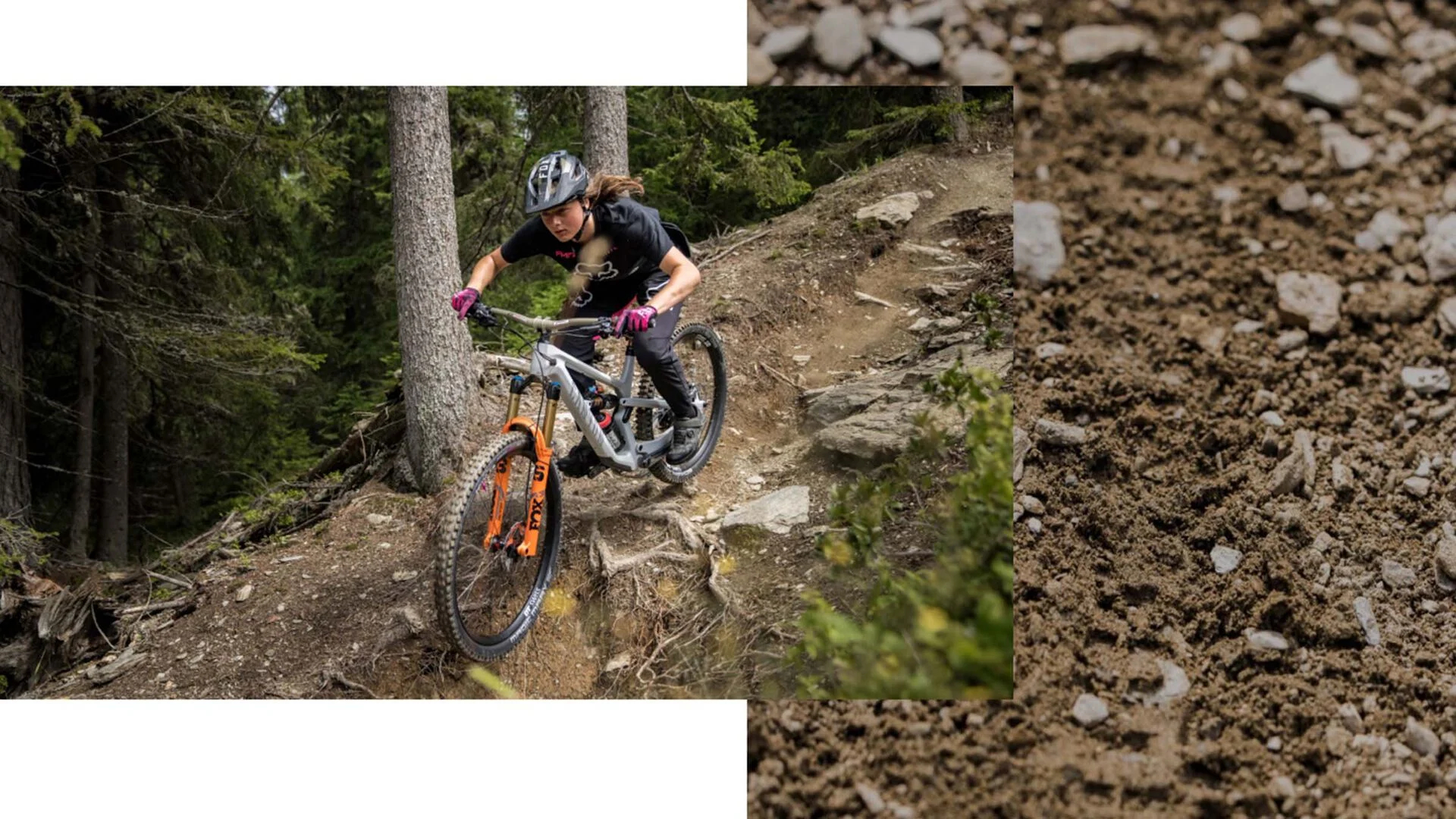
Plus size tires are offered in both 27.5 and 29-inch wheel sizes. The 27.5+ wheel standard has the same 584mm diameter as a regular 27.5-inch wheel, only the rim is wider to accommodate a tire that is around three inches wide. Some frames designed for a 27.5+ tire will also allow you to swap to a regular 29er wheel and tire combo as the outer diameter of 740mm is the same.
With 29+ wheels the outer diameter grows to 778mm. The tires (2.8 to 3.0 inches wide) were designed for riders that prioritize traction and stability.
The added grip that plus tires offer make them a perfect choice for riders who are new to mountain biking. The extra volume and traction give more confidence especially in loose and dry conditions. The added weight is the downside. Manufacturers have tried to combat this by offering lighter tires, but unfortunately once you start to really push these lighter tires harder into turns and trail obstacles, riders will run the risk of damaging the thinner side walls.
If you're using plus wheels and tires, make sure you set them up tubeless as they need running at low pressures to get the best out of them.
Any other sizes you need to consider?
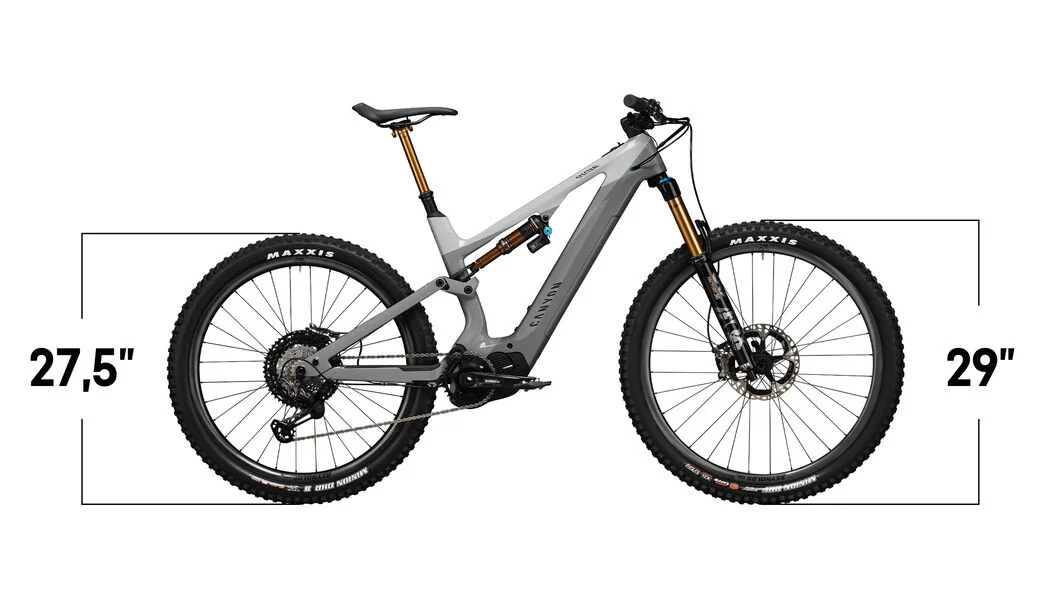
Believe it or not but the options don't end there. Mixed wheel sizes or ‘mullet’ bikes are very much established now. Often described as “business up front and party at the back”, the mullet bike isn't actually all that new. At the risk of sounding old, I remember it the first time around, Specialized released the Bighit with mixed wheel sizes back in the early 2000s, albeit a 26-inch wheel at the front and a 24-inch wheel in the rear.
These days the modern mullet bike has a larger 29-inch wheel slotted into the fork and a 27.5-inch wheel in the rear. This gives the benefit of the rollover with the 29er front wheel and the playful nature of the 27.5 with the rear. The mixed wheel size makes for a more nimble bike in the twisty stuff and also means you are less likely to buzz your bum on the rear tire when you are hanging off the back of the bike on super steep sections.
It will also give the bike a slacker head angle which is great for the descents. The trade-off is the bike might not feel as balanced as it would otherwise, as the rear wheel will catch more of the hits while the front rolls over trail obstacles better.
If you spend the majority of your time riding in the most extreme conditions in the deep sand of the desert or in sub-zero temperatures in snow, then you might want to try a fat bike. These bikes have huge ballooned tires as wide as five inches that roll on 26 or 27.5-inch sized wheels. The larger footprint and low pressures allow the bike to float over soft snow and sand. On the largest tires with the softest conditions, you can expect tire pressures as low as a couple of PSI. These smaller diameter wheels but with huge thick tires still offer a smooth ride on trails even with little or no suspension. Fat bikes also make for good bikepacking steeds as the wide tires spread the extra weight, stopping the tires from sinking into soft ground. These are pretty specialist bikes and they have their limitations on harder surfaces with the added rolling resistance.
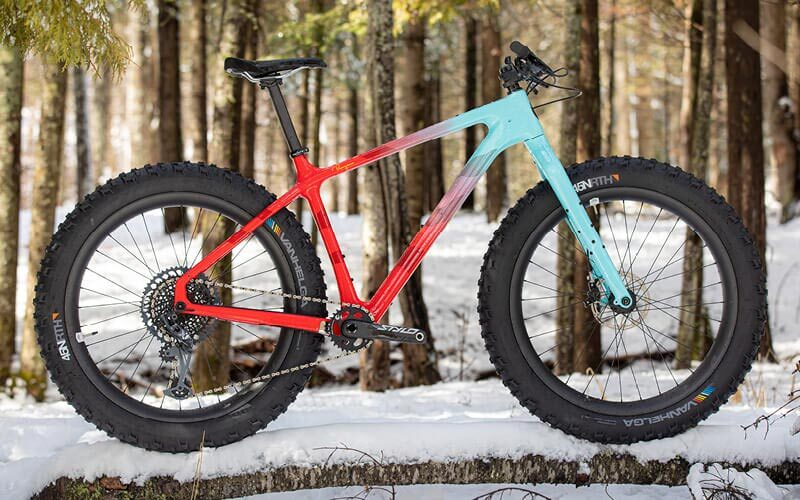
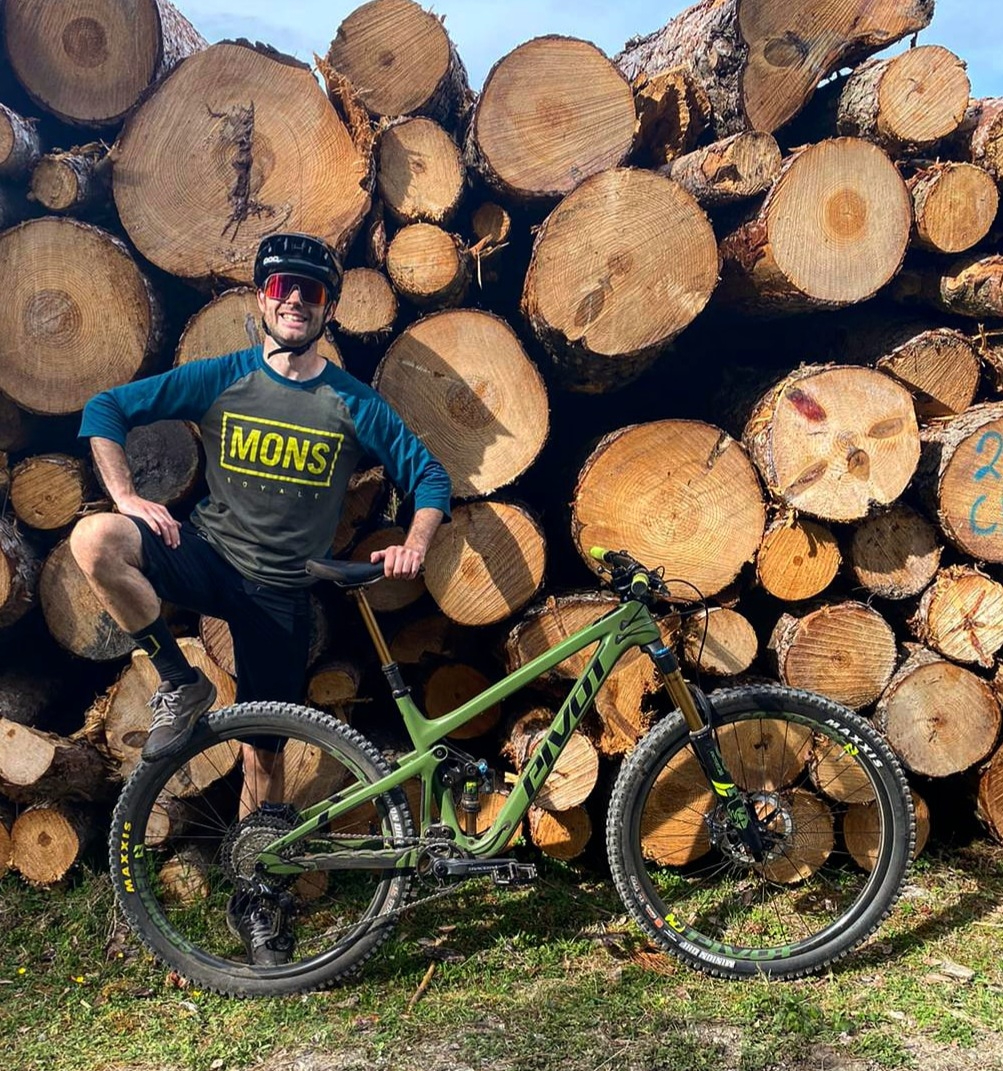
Dean is a freelance cycling journalist and a self-confessed pedal addict based in Dorset, who's fortunate to have the New Forest National Park and the Isle of Purbeck on his doorstep. Not confined to his local spots, riding bikes has meant Dean has been fortunate to travel the world in search of the best trails. From summers spent in the Alps to exploring iconic locations such as Scotland, Aosta Valley, the Pyrenees, Finale Ligure, New Zealand and Whistler to name a few. Over the years he has dabbled in racing DH and enduro to XC. More recently Dean has been exploring the UK with his gravel bike and loves a bikepacking trip. As passionate about writing as much as his riding, by recapturing his adventures through his stories and sharing his own experiences of products by writing technical reviews, he's also a regular contributor for Singletrack and Grit CX.
Rides: Open U.P
Height: 180cm
Weight: 65kg
